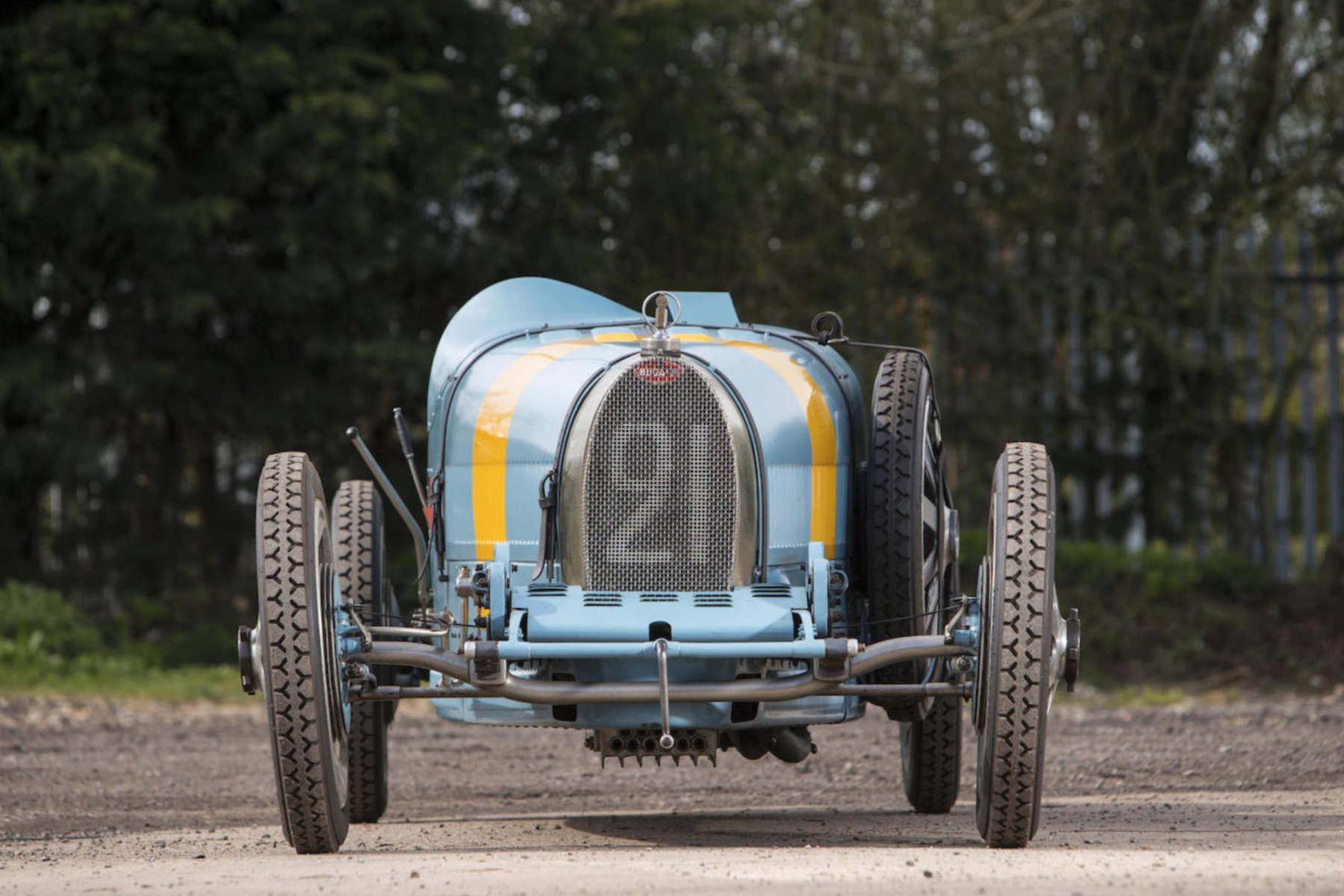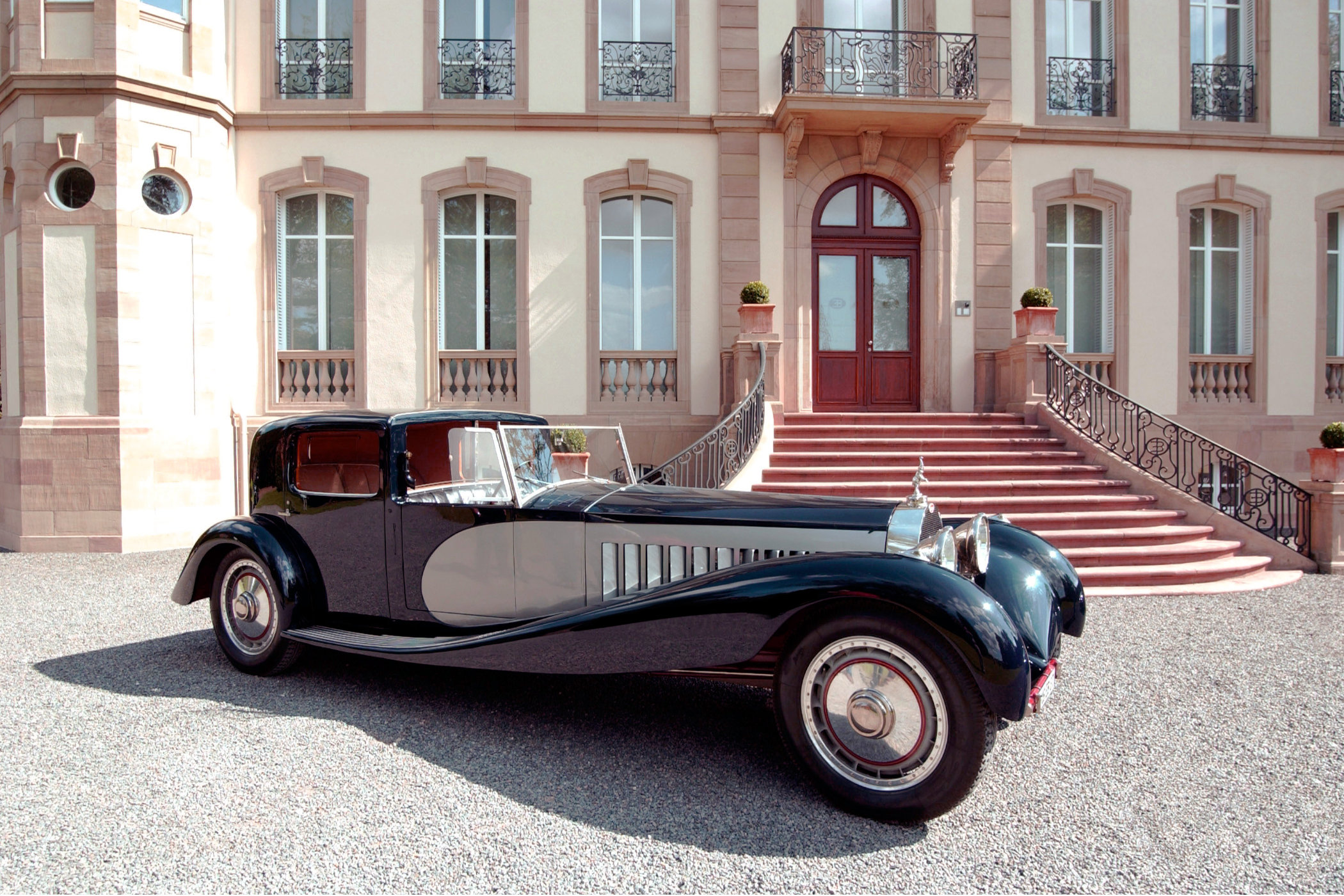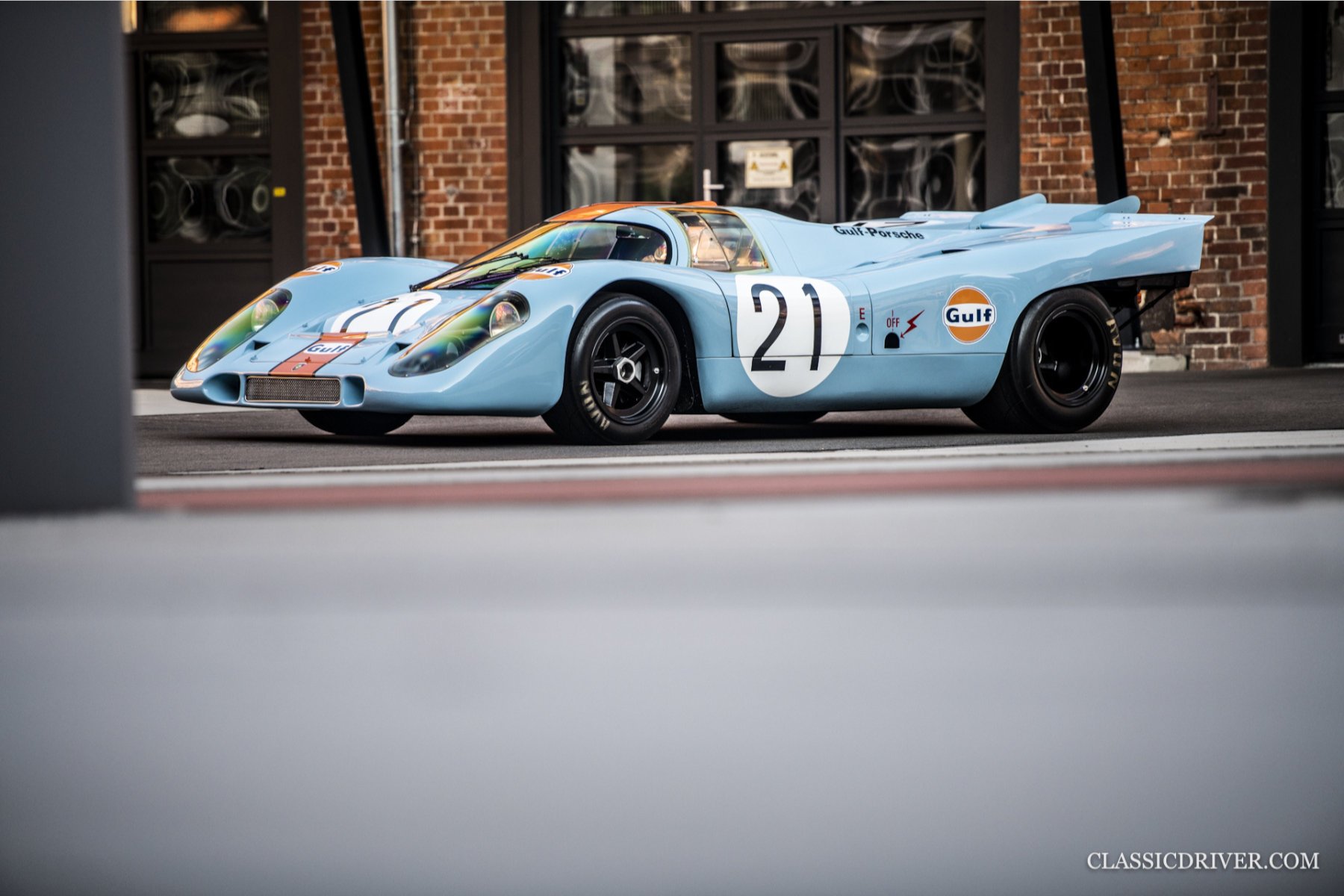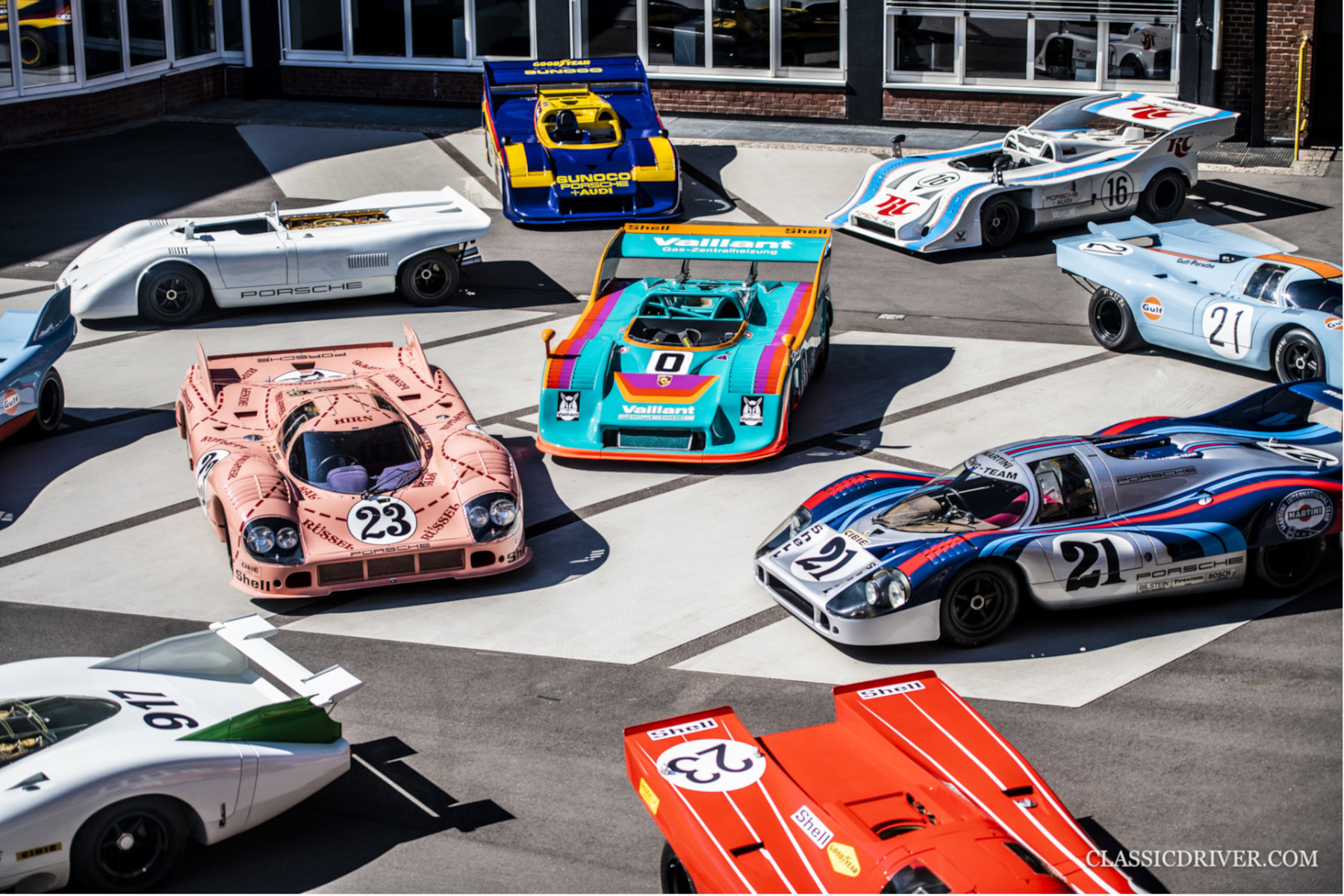Bugatti, Rimac and Porsche, The Trifecta of Modern Day Hypercar Expertise
The three prolific car manufacturers, all stemming from different worlds, join forces
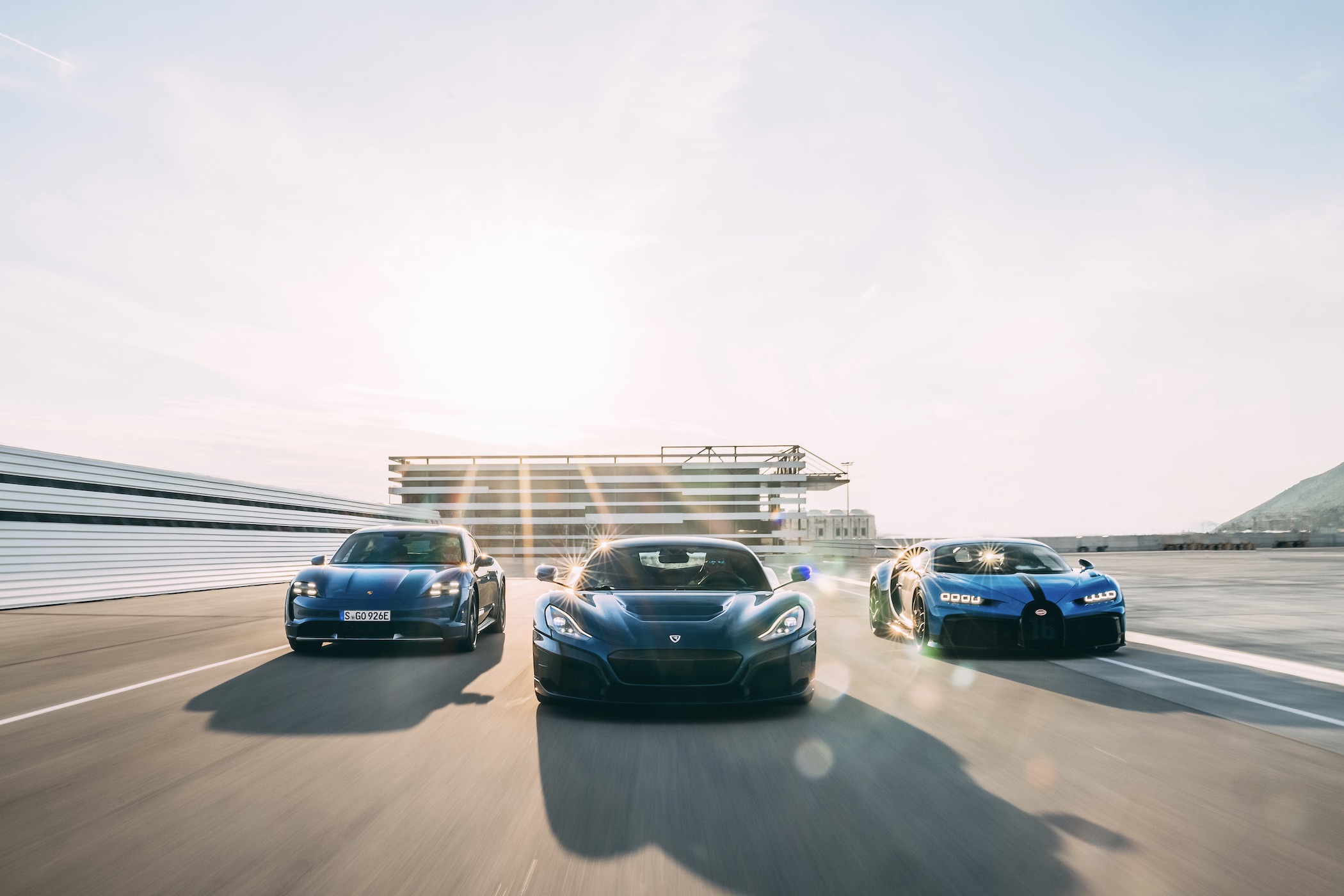
It’s not everyday we get to learn about a new joint venture aiming to shake up the world of super- and hypercars. Takeovers in this specialized market are rare, but this one could be BIG heading into the future. We’re talking about perhaps the best of the best at doing what they do, joining forces and expanding territory. Bugatti, Porsche and Rimac are strengthening their bonds in a proverbial shake-up where youngster Mate Rimac takes control of Bugatti whilst retaining Rimac and being backed by Porsche.
For those with a bit of knowledge of the automotive conglomerate world it might not be as big as a surprise, but for others this might come like a thunderstorm on a sunny day. The fact that two pillars of the Volkswagen-Audi-Grüppe, shortened to VAG, are being restructured to form Bugatti-Rimac together with the young yet visionary Croatian hypercar manufacturer Rimac is big news within the industry. But how did this come about, and what does it actually mean? And while we already shared some insights on both Bugatti and Porsche investing into Rimac, a bit more context could help understand the implications.
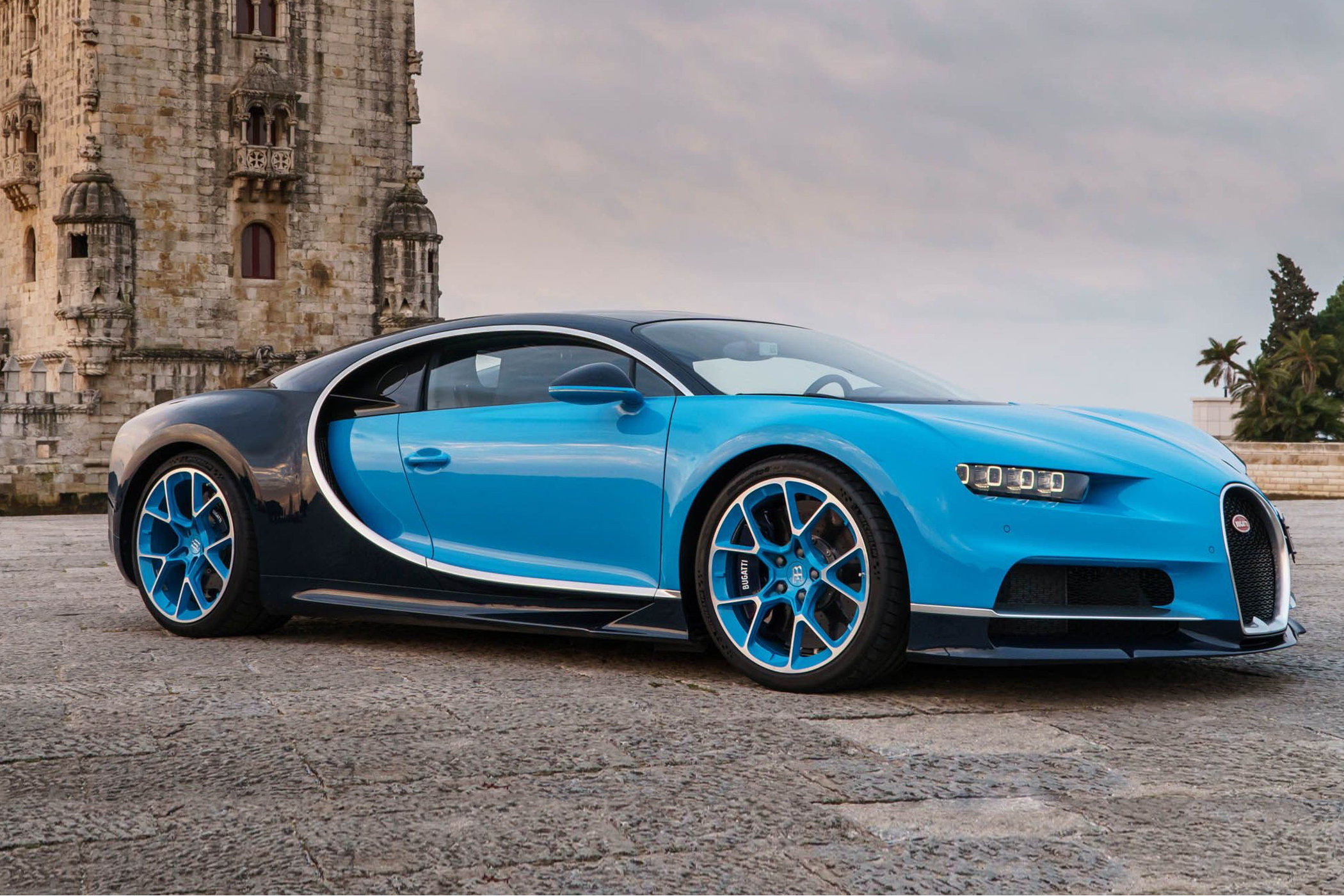
Bugatti
We start with Bugatti, the oldest name of the three. Ettore Bugatti started the company out of Molsheim, France in the early 1900’s. Bugatti quickly rose to fame with innovative, beautiful and luxurious machines, however, Bugatti also went racing, and went racing rather well. One of the early racing cars, the Type 35 is in fact considered the most successful race car ever made. The lightweight and nimble machine managed to win over 1,000 races winning an average of 14 races per week in its prime.
This success also found its way to the road cars of course, and Bugatti has built some of the most legendary ones in existence. Icons like the Bugatti Type 41 Royale or the 57C Atlantic are amongst the most valuable cars ever made, almost always breaking records whenever one comes up for auction (which is super-rare by the way. The story would end in tragedy though, as Ettore’s son Jean Bugatti died while testing a Type 57 race car in 1939. Shortly after the Molsheim factory would be in ruins due to WWII. Ettore himself died in 1947 and from that moment on the company never managed to return to former glory, and by 1963 had gone bust.
By the mid-eighties, a daring plan was drawn up to resurrect the once legendary name and once again produce the best cars possible. The brand was acquired by an Italian entrepreneur who moved production to Campogalliano, near Modena in Italy. The development of the first car took some time but eventually in 1991 the EB110 was introduced. It used a newly developed 3,5-litre quad-turbocharged V12 with over 550 horsepower. The car was blisteringly fast and featured quite some innovations, including carbon fibre driveshafts. The timing couldn’t be worse though and despite the car’s capabilities, the global recession meant only 139 Bugatti EB110’s were made, all variations included. By 1995 the dream was once again over and Bugatti went bust again. The EB110 remains one of the greatest supercars of the eighties/nineties, along with the Ferrari F40, Jaguar XJ220, Porsche 959 and of course the McLaren F1.

But as these things tend to go sometimes, it wouldn’t be the end of Bugatti. Three years after the second “phase” of Bugatti went belly-up, the Volkswagen-Audi-Gruppe bought all the rights to the Bugatti name and established Bugatti Automobiles S.A as a wholly-owned subsidiary. The company would return to the Molsheim region, and as a prestigious project by Volkswagen, would set out to build the fastest production car ever (to date at least). At several high-profile auto shows across the globe, the new Bugatti Veyron EB 16/4 would be launched, with a brand new engine concept. It had a gargantuan 8-litre quad-turbocharged W16 engine producing 1,001 horsepower, a first in the automotive world for a production car.

The Veyron laid claim to a top speed of 407km/h which officially made it the fastest production car in the world at the time, by some margin over former king-of-the-hill McLaren F1 (355kph). Since its introduction in 2001, the Veyron has been developed into the even more potent Veyron Supersport, with 1,200bhp and a top speed of 431kph and has now been replaced by the Chiron. The Chiron is the first-ever car to reach a top speed of 300mph, or 482kph, using a vastly updated and more powerful version of the original W16 engine. It remains an unofficial record though, as Bugatti hasn’t achieved it doing the mandatory two-way run Guinness World Records requires.
Rimac
Mate Rimac is a Croatian young man with a dream, a vision. What started out modifying his old 1986 BMW E30 into electric drive has grown into a leading EV hypercar charge, pun intended. Mate Rimac broke records with his e-M3 dubbed BMW conversion at a time where Tesla was just starting to make a name for itself. Seeking to find out just how far an old car like that, Mate Rimac broke several speed records in the process. The final version of the “Green Monster” produced just over 600bhp, getting faster, lighter and more reliable with every major update.
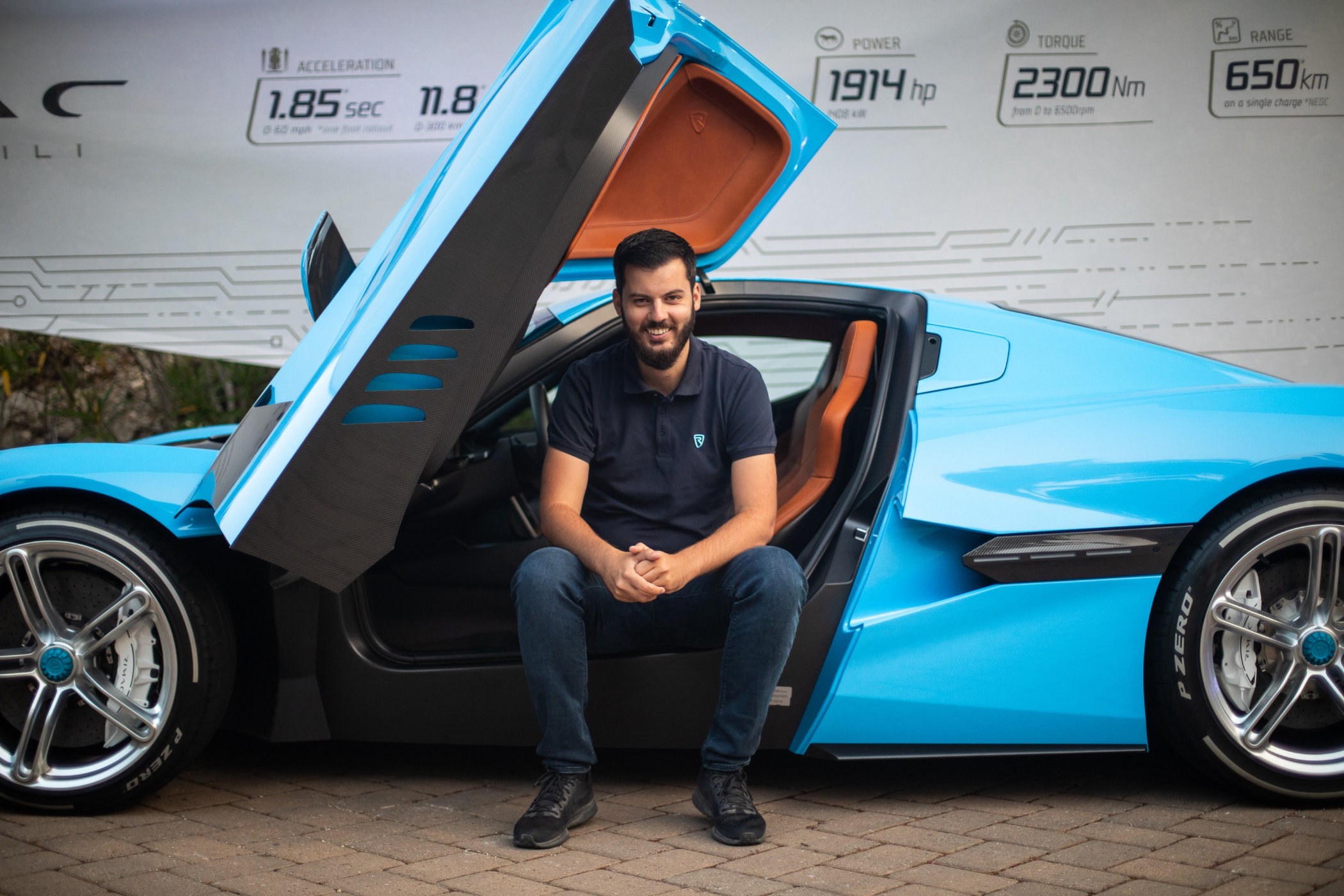
Rimac Automobili, as the company is officially named, has recently released the Nevera which was initially introduced as the C2. It followed the already incredible Rimac Concept 1, which is one of the best and fastest EV hypercars. The fully electric car had a total output of about 1,300bhp and a top speed of 355kph. The Nevera is looking to once again set the benchmark and comes with more power, more speed, more hypercar madness.
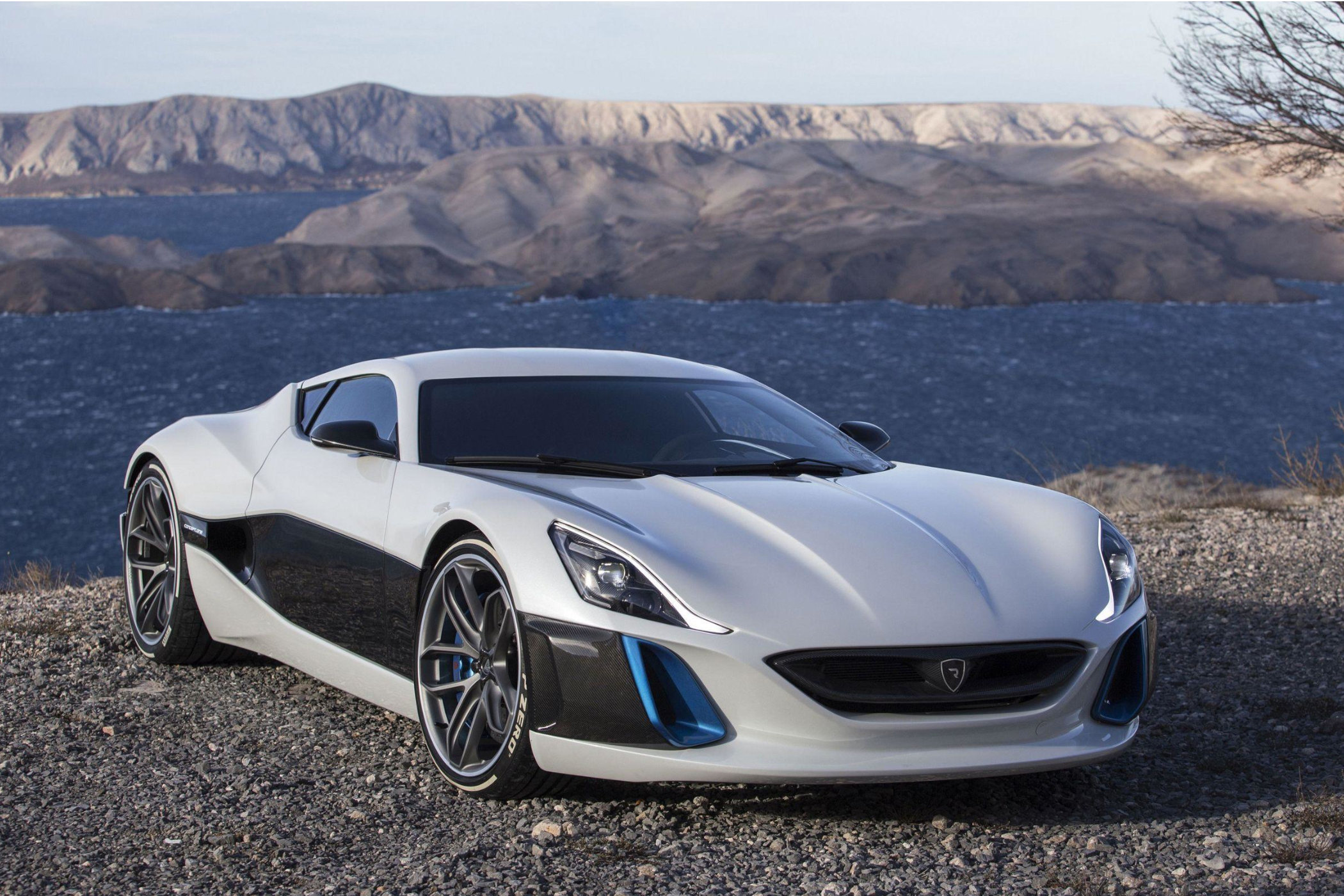
The electric motors in the Nevera pump out 1,900bhp. The top speed is bumped to 415kph which puts it smack-bang in the middle of very select group of +400kph. Zero to 100kph should take less than 2 seconds, mainly thanks to the instantly available power of the electric drivetrain. The sleek look of the Concept 1 has been dramatized for the Nevera, but the lineage is clearly visible. The Nevera gets butterfly doors, always upping the cool factor, and a restyled aero trim.
What is amazing is that Rimac, though only founded 12 years ago which is very short for a car manufacturer, manages to do almost all of the development in-house. All software, both for the drivetrain but also all driving modes, instrument clusters and another programming, is developed by Rimac themselves. The main reason is that they are so far ahead of most EV car companies, what they need simply isn’t out there. All this technology comes at quite the price though, which makes sense as pretty much all groundbreaking stuff does really; starting at USD 2,400,000 each.
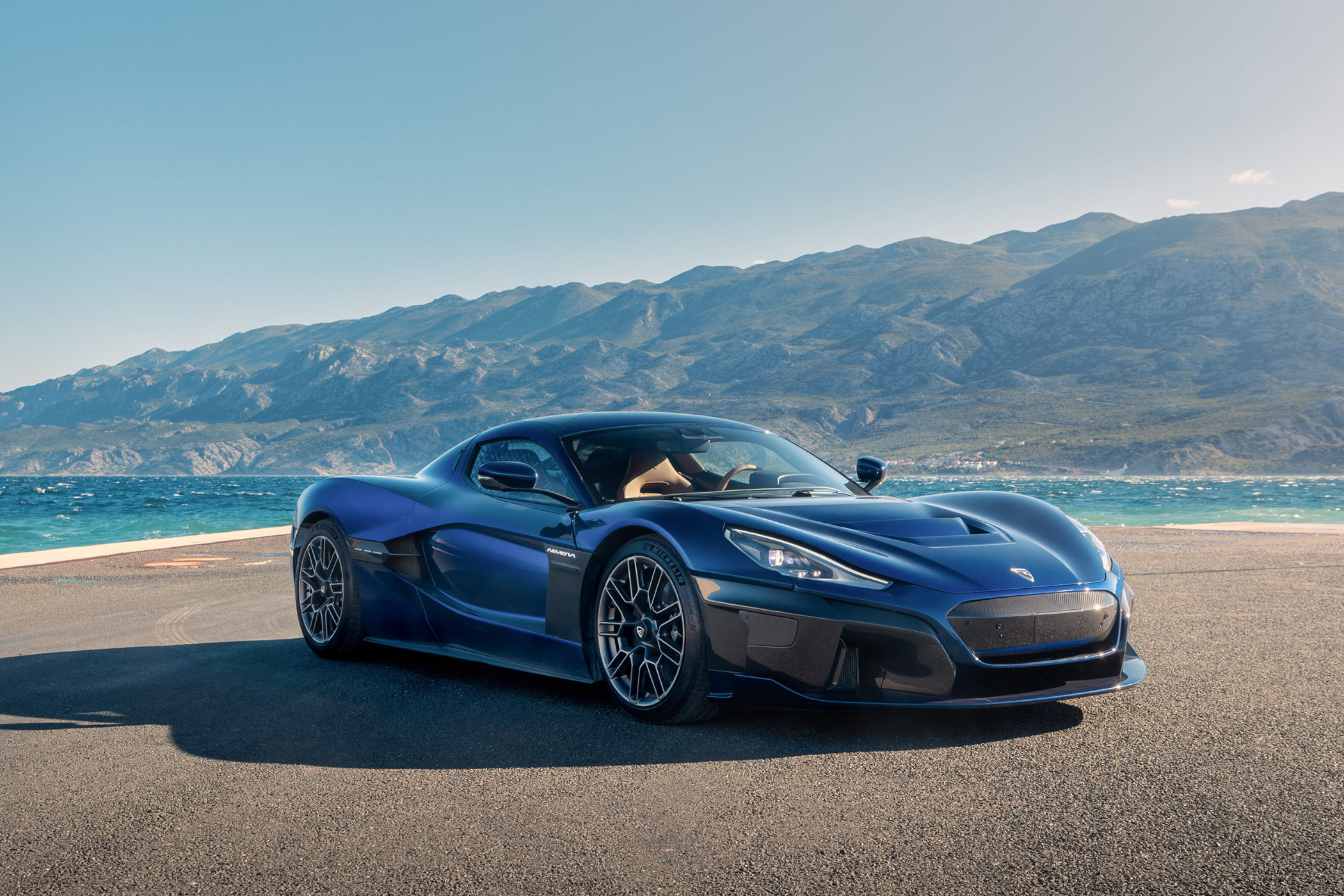
But Rimac is not only a builder of some of the fastest cars on the planet. Since it has a leading role in the EV field, it has also become a huge supplier of components and system suppliers for others. Take Swedish hypercar manufacturer Koenigsegg for instance, which uses a battery pack for the Regera. Other manufacturers using Rimac technology include Aston Martin, Jaguar, and Pininfarina.
By 2018, so in the middle of developing what would become the Nevera, Porsche Engineering Group GmbH acquired a 10% stake in the company. The aim was to form a developmental partnership, as part of the electrification process that is taking the automotive industry by storm. That is now in the process of a huge expansion, incorporating Bugatti as well, but more in that in a bit.
Porsche
Porsche really needs no introduction, it is arguably the manufacturer of the most iconic and best sports car on the planet; the Porsche 911. While it has been surpassed in sales by cars like the Cayenne, Cayman and now the Taycan, the 911 remains at the heart of everything. Porsche has always strived to push development for their cars further, and most of the time miles ahead of the competition. This dedication to innovation resulted in some truly staggering cars, from extreme experimental machines to the all-conquering Turbo-panzer.
The history of Porsche dates back all the way to 1931 Germany. While the first official Porsche badged production car would appear on the market by the late 1940s, the Porsche 356. During the first stretch of the company, Porsche would be a development partner for others, working on engine development, military machinery, and most famously the original Beetle. In 1949 Porsche had built the Porsche 64, which is considered the first true Porsche labelled car. It used many parts from the original Beetle, and although it never made it past a one-off developmental vehicle, you can already see the shape that Porsche had honed to perfection through the years that followed.
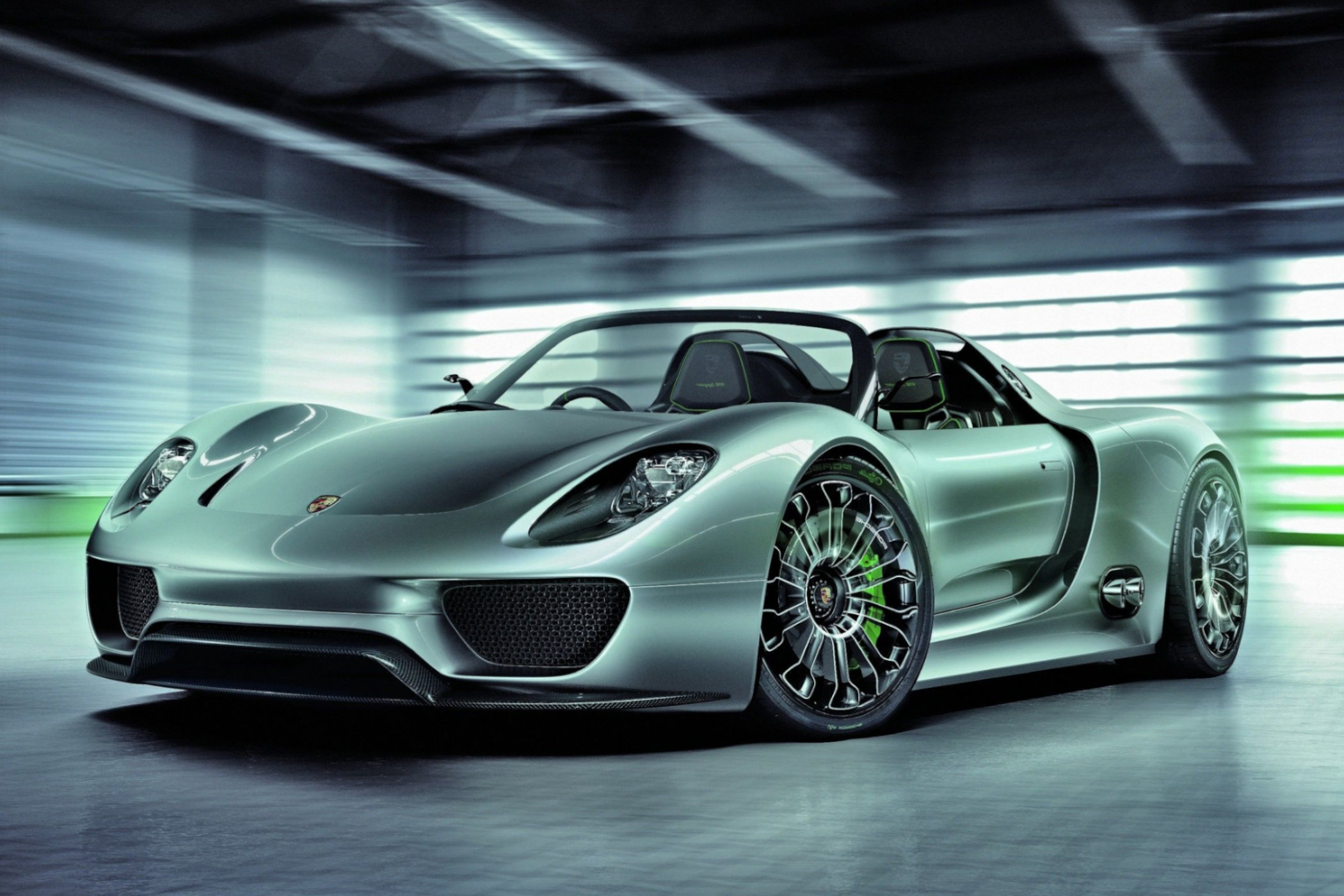
Porsche is not a stranger in the field of racing as well, as most of you will probably know. Ever since the early days of the company’s racing ventures, it has built a reputation of overcoming the odds using smaller and lighter cars compared to the opposition. At the same time, it has developed some of the most groundbreaking and powerful race cars ever constructed, including the fabled Porsche 917, 935, 956 and 963 endurance racers. Porsche has always been active in all sorts of racing, looking to find an edge over others in order to triumph. It has built race-winning hill-climb cars, rally cars, endurance racers, Formula 1 cars and engines and even won Dakar twice.
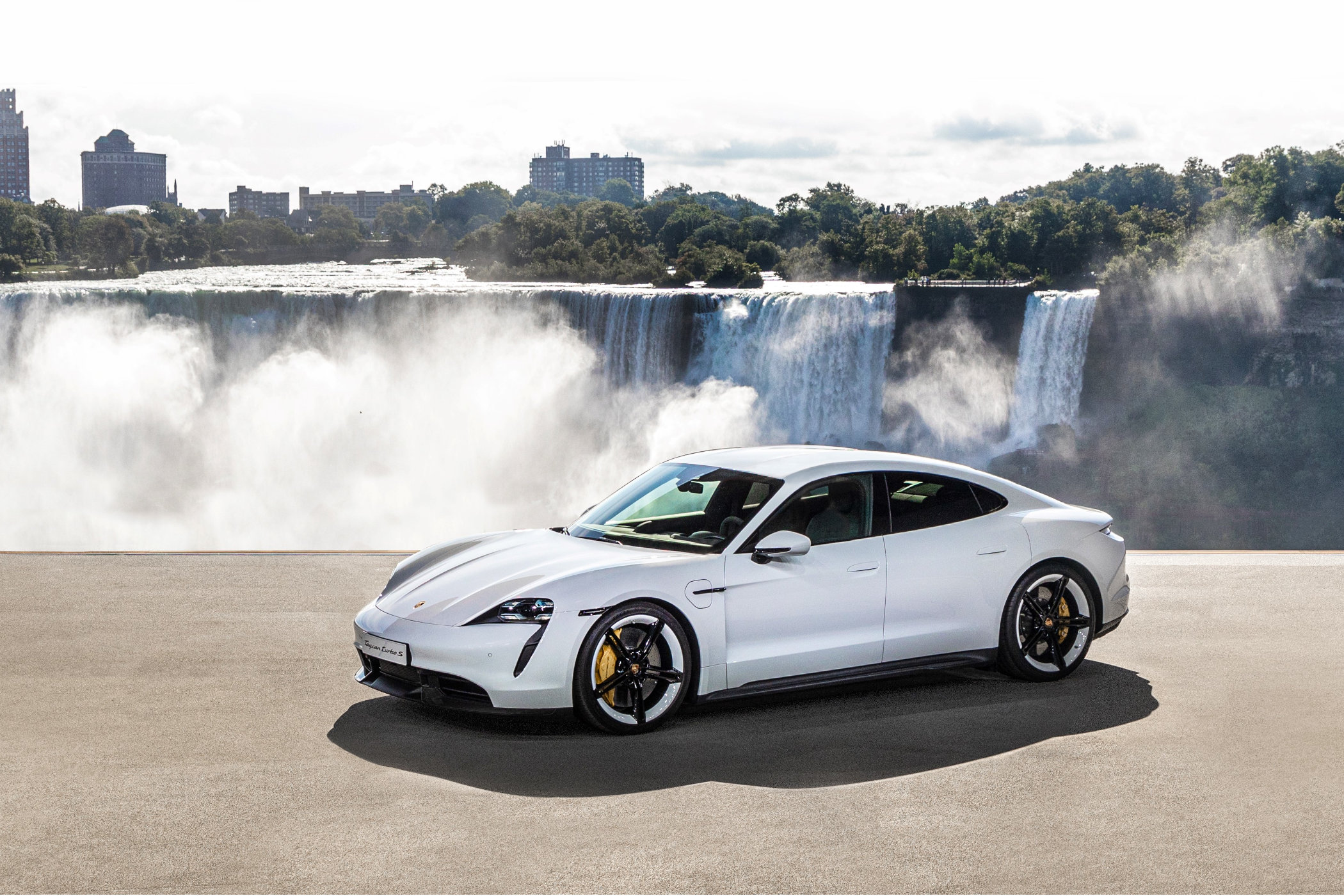
In recent years Porsche has been developing hybrid and full-electric drivetrains as well. The fully-electric Taycan is the first-ever Porsche that does not use a normal combustion engine. In true Porsche style, as they don’t do anything half-baked, the Taycan is one of the best EV cars on the market right now. It is a serious rival to Tesla, both in performance and built quality and as such has had a huge initial success. Looking to expand on that first-ever EV Porsche, the joint venture with Rimac Automobili should that them into the future.
The trio combined
So how will this work? Well, the boring part is that Porsche ups the 10% they acquired in 2018 to 45% and throw in Bugatti’s assets in the process. Mate Rimac takes control over the Bugatti brand and holds on to the remaining 55% of the new company. Porsche, or essentially VAG, are looking to part with the extremely costly Bugatti operation in a bid to devote all it’s assets, time and funds to developing sustainable business for the future. This includes electrification, digitalization and autonomous driving, something Bugatti does not yet undertake.
If indeed the future of the industry is electric, and not hugely powerful but greatly limited production vehicles, the move makes perfect sense. Rimac has the technology and is leading the industry, Bugatti has the aura of insanely powerful and luxurious hypercars, and Porsche, through VAG, has the funds, assets and expertise needed to push technology further.
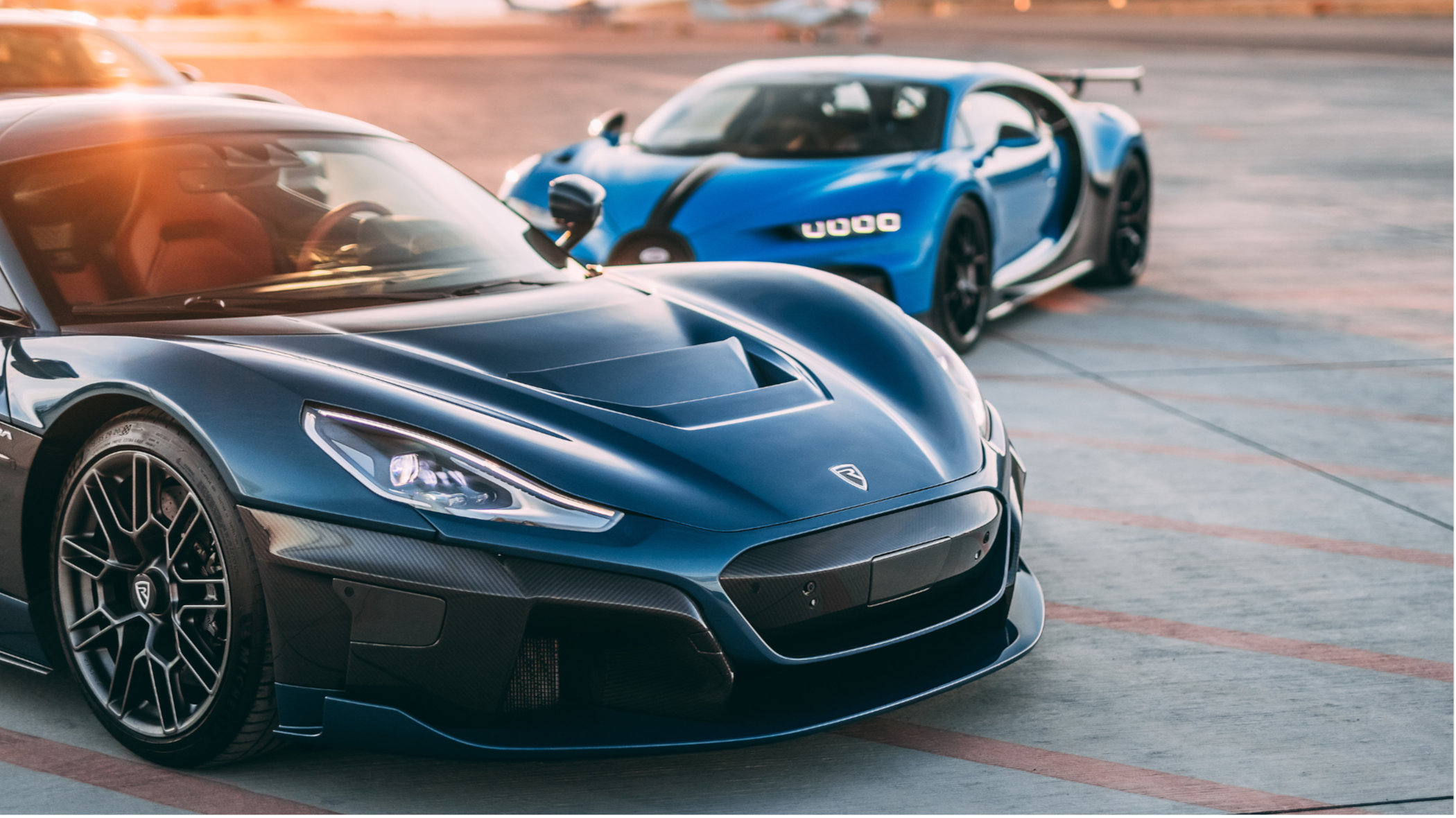
But what does it imply for the (near) future? It’s no secret, and from a business standpoint even the ONLY option, that Porsche will expand it’s EV plans beyond the Taycan, with most likely the SUV’s to be fully electrified first. Following will be electrified Boxster and Cayman variants and beyond that even, dare I say it, hybrid of full EV 911’s. One day, we can also expect a successor to the Porsche 918, the company’s first hybrid-powered hypercar that competed with the McLaren P1 and Ferrari LaFerrari. While it might be sacrilege to some, it might just be the only to keep the industry alive, and thriving, moving forward.
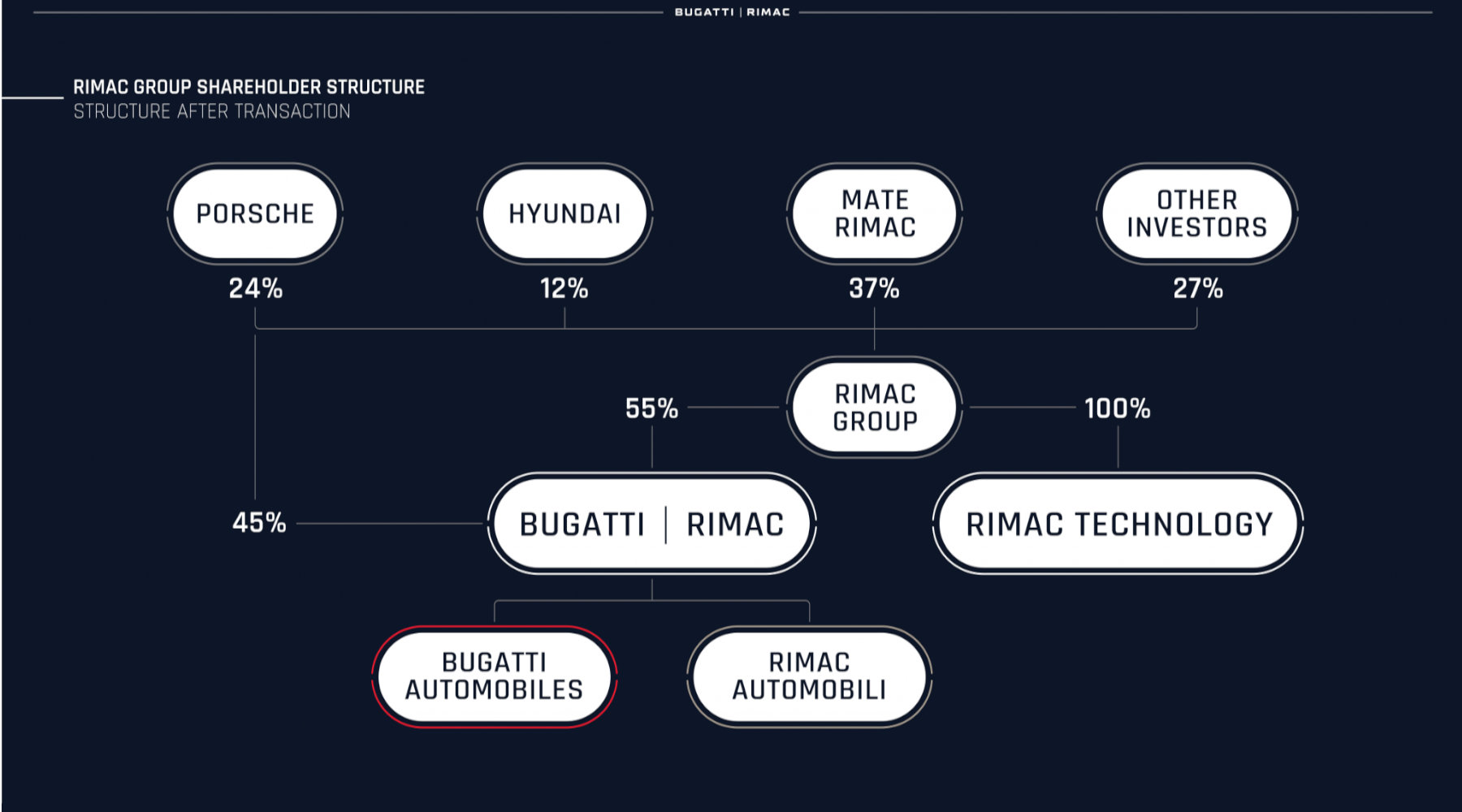
And how does Bugatti fit in all of this? Well, that is a political one foremost. VAG has been looking to reposition Bugatti under the Audi brand, next to Lamborghini and Bentley. But, as that has been decided against, is now parting with the brand in this restructuring as it doesn’t see any synergy between Bugatti and the remaining portfolio of brands. It is said that the next possible Bugatti will be a plug-in hybrid car and not a full EV, we shouldn’t rule out a full EV just yet. When and what we’ll see though, is a simple matter of time.
All details regarding the deal between these three formidable companies working together are shared by Road & Track, Porsche Newsroom and Rimac Automobili.

